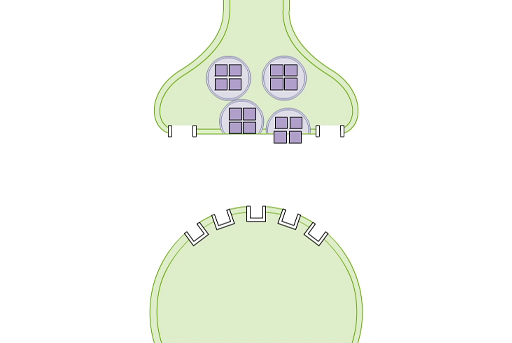2.2.4 Medication: non-stimulant treatment
Non-stimulant drugs are so-called simply to distinguish them from psychostimulants in the treatment of ADHD. The only currently available non-stimulant treatment for ADHD is atomoxetine, which may be better recognised by its brand name Strattera®. It acts on the noradrenalin transporter channel, rather than the dopamine transporter channel as shown in Video 9.

Transcript: Video 9 Non-stimulant treatment
Atomoxetine is generally well-tolerated and does not have addictive properties in the way that psychostimulants do. However, there are still side effects. These include headaches, nausea and drowsiness, and there have been concerns regarding increased suicidality in individuals using the drug (Virani, 2005).
Furthermore, unlike the rapid response seen with psychostimulants, some people require three to four weeks of atomoxetine treatment before improvements are seen (Virani, 2005). Treatment adherence for atomoxetine is lower than for some psychostimulants, at 20.1% in children and 11.7% in adults (Setyawan et al., 2013).
Despite knowing how the different drug treatments for ADHD act at the synapse, it is not clear exactly how this action results in a reduction of symptoms in ADHD. This is partly because of a lack of studies into the effects of chronic treatment with these drugs, because in ADHD they are given over long periods of time and yet most research has looked at the actions over short periods.
